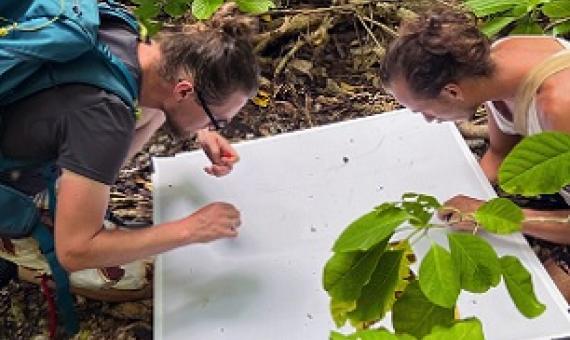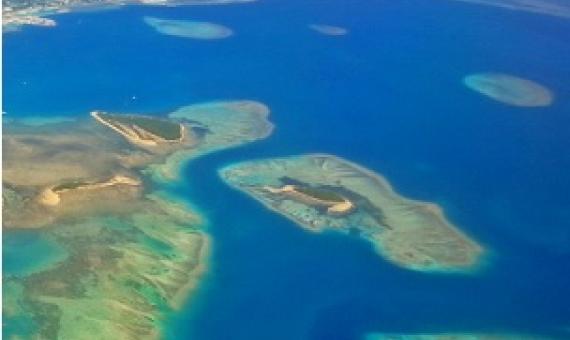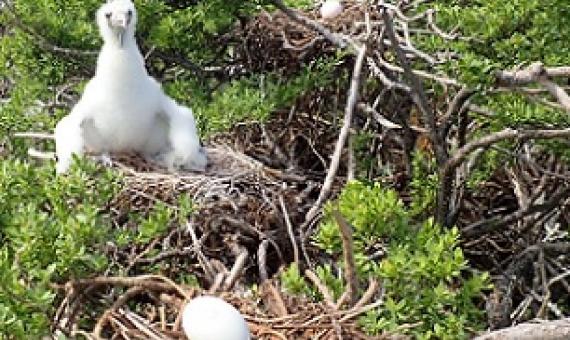Like many islands around the world, Tetiaroa Atoll in French Polynesia has been overrun by rats and other invasive species that profoundly affect its terrestrial and marine ecosystems.
Invasive plants can have devastating effects on local ecologies, comparable to the effects wrought by global warming. And yet, there is currently no reliable understanding of how many invasive plant species there are in the world.
Do you remember the remote South Pacific island where Tom Hanks’ character was stranded in the 2000 film Cast Away? That’s Monuriki, in my country of Fiji...the small, uninhabited island has other claims to fame.
Employees of ANZ Bank Samoa have planted a total of 4,700 trees as part of the bank’s initiative to conserve native plant species and address the spread of invasive species plants.
Despite ongoing COVID-19 travel restrictions to the Kingdom of Tonga, Manaaki Whenua – Landcare Research (MWLR) was able this week to ship off a courier package containing African tulip tree (Spathodea campanulata) cuttings infested with gall mites (Colomerus spathodeae) to coll
Population survey of coconut crab (Birgus latro) in the Huvalu Forest Conservation Area, Niue island, South Pacific
Population survey of coconut crab (Birgus latro) in the Huvalu Forest Conservation Area, Niue island, South PacificUnpublished report kept in vertical file collection|2 copiesCall Number: VF 2291 [EL]Physical Description: unpaged : tables ; 29 cm
Threats on pacific islands : the spread of the tramp ant Wasmannia auropunctata (Hymenoptera : Formicidae)
Since Elton highlighted the problem of biological invasions, numerous studies have established their importance in the structural evolution of natural communities, in particular insular communities. Because of their isolation, islands are regarded as natural evolution laboratories which are characteristically very fragile once the boundary is disturbed. This fragility is illustrated by the high proportion of species extinctions observed in islands: since 1600, more than 75% of monitored disappearances have been registered in islands.
Renforcement des Études d'Impact Environnemental: Directives pour les États et Territories insulaires océaniens
Since the early 1990s the Secretariat of the Pacific Regional Environment Programme (SPREP) has been promoting the use of environmental planning and assessment processes amongst its member countries and territories. SPREP's approach to environmental planning and assessment has been part of a global programme for improving environmental management and supporting sustainable development.
Legal and institutional models for conservation areas / by Environmental Defender's Office
The aim of this consultancy is to prepare a broad analysis of legal and institutional options for the establishment and management of Conservation Areas in fourteen independent Pacific Island countries. The full terms of reference for the consultancy are annexed at Appendix 1.Available onlineCall Number: 344.026 SOU [EL]ISBN/ISSN: 982-04-0089-9Physical Description: v, ; 45 p.
Following on from a successful Bird of the Year competition, we are hopeful that many more people will now appreciate the value to our environment of our Cook Islands birds. They are one of Te Ipukarea Society’s key areas of work, and a space we have been working in for a long time.












